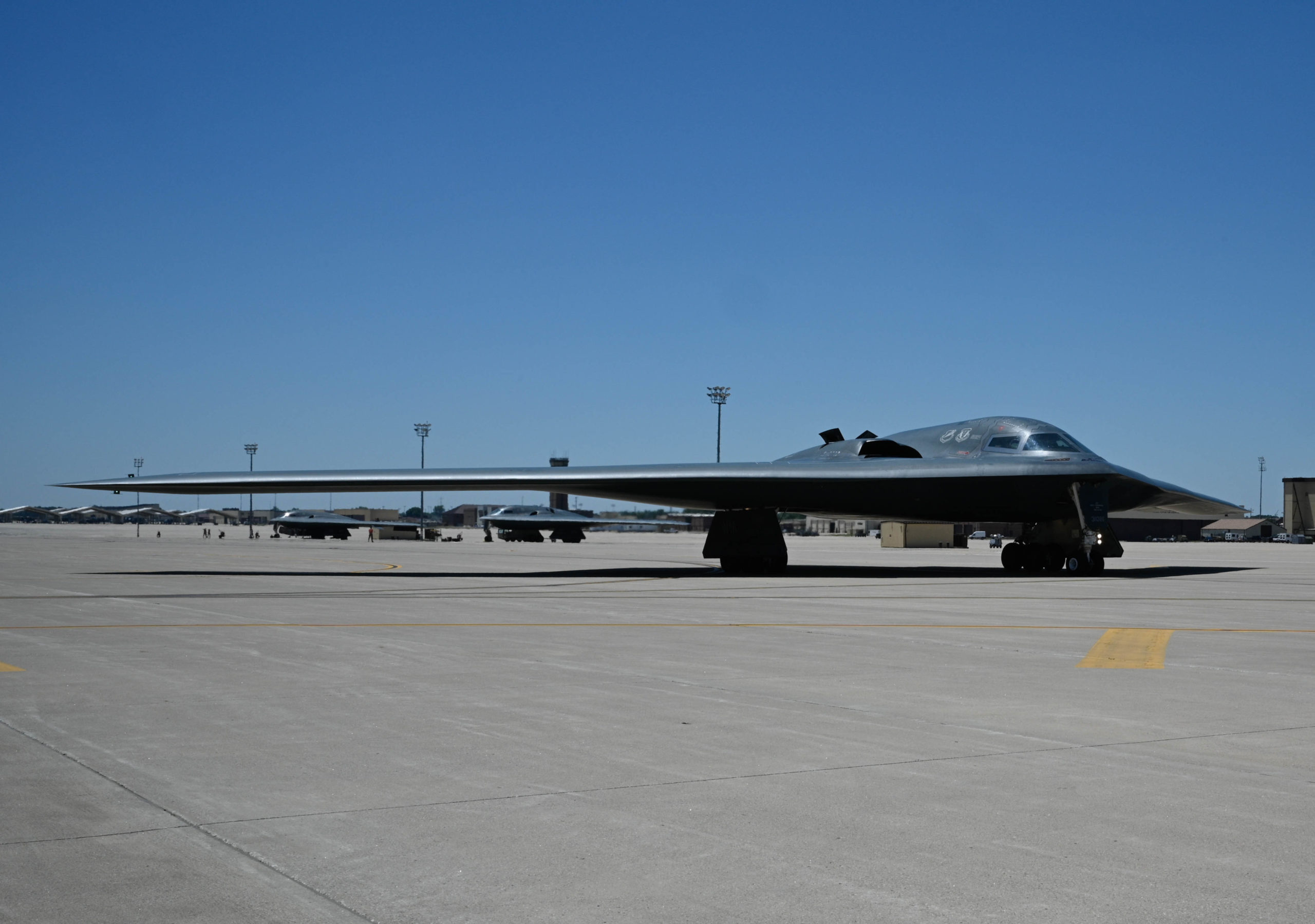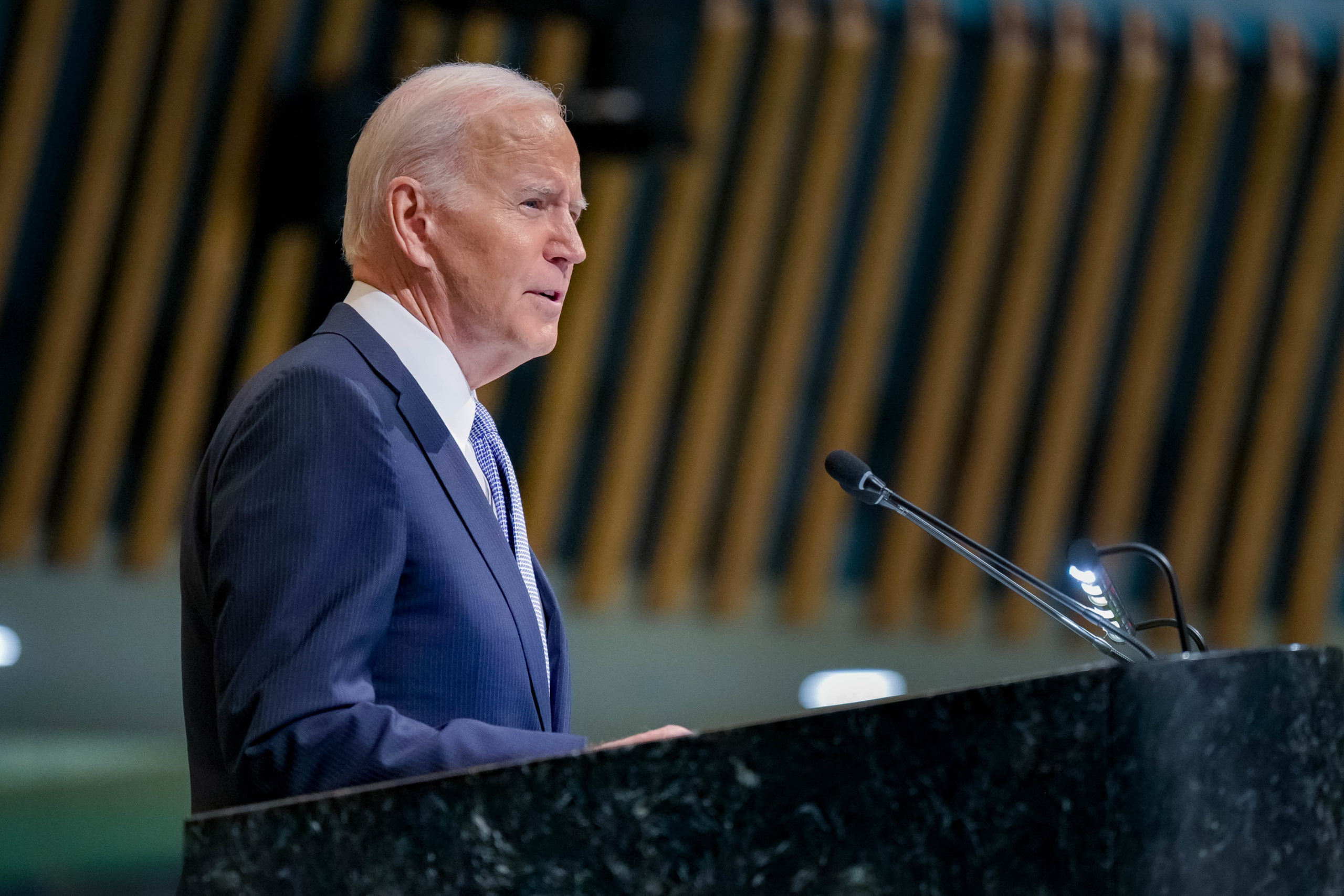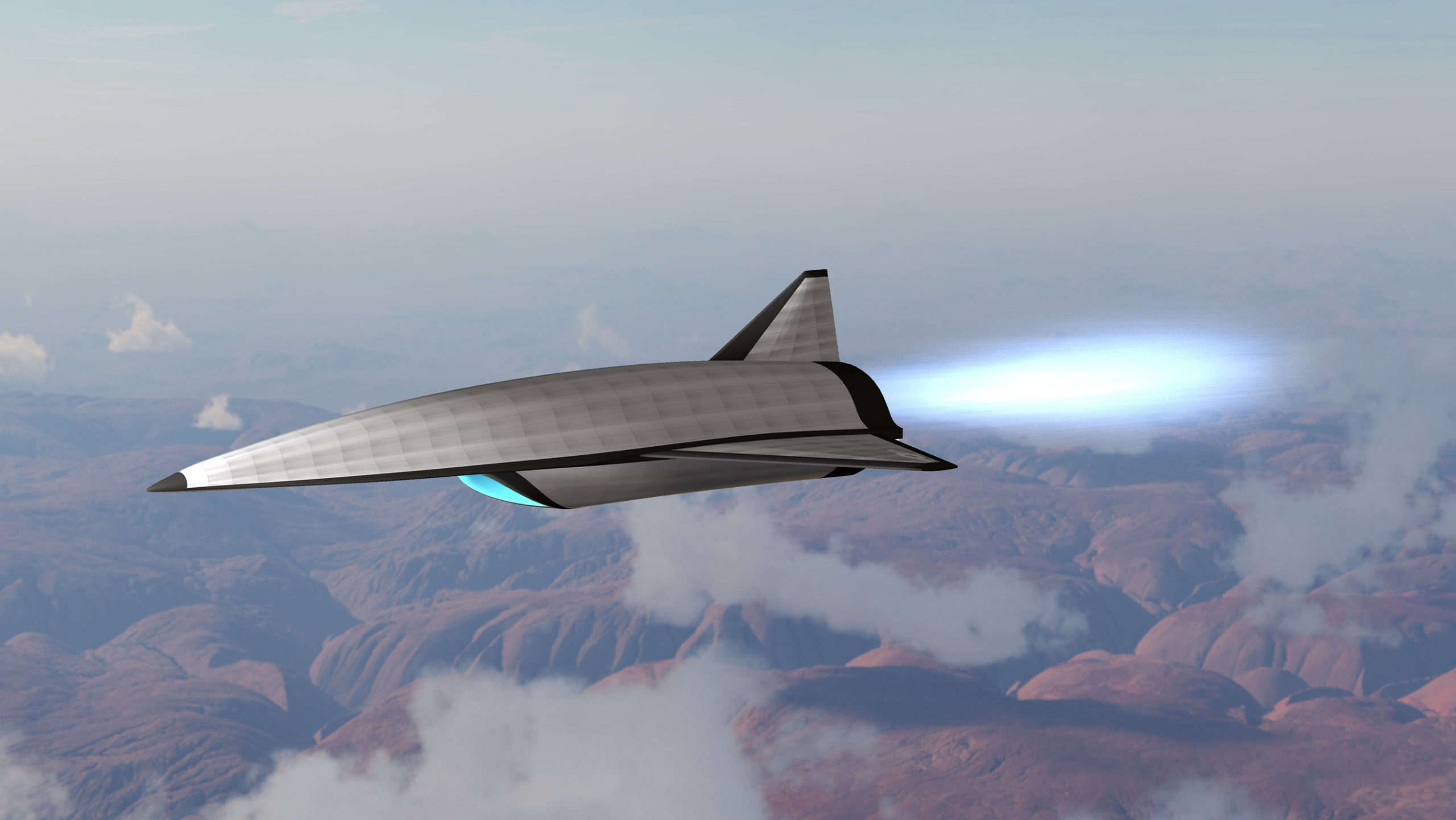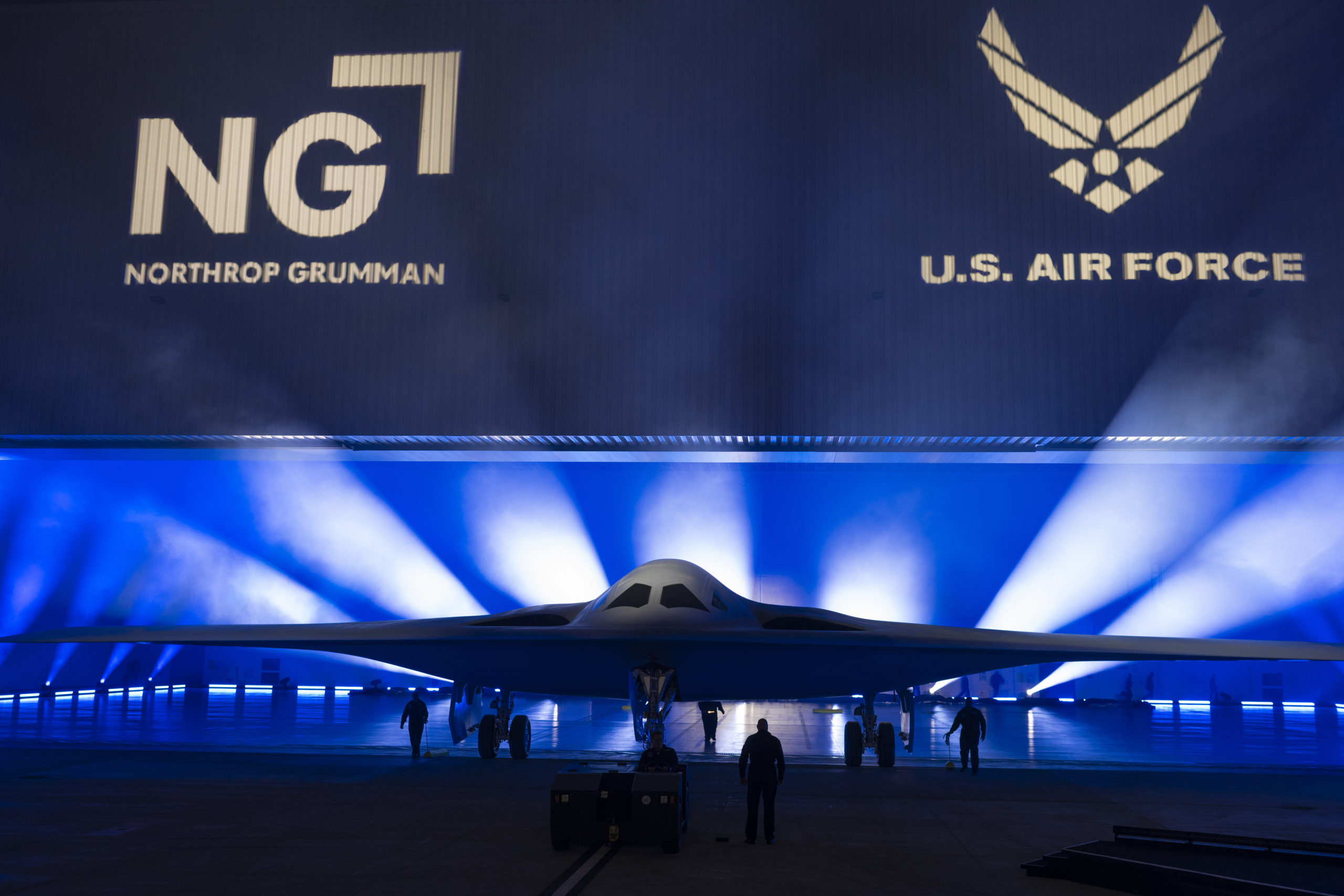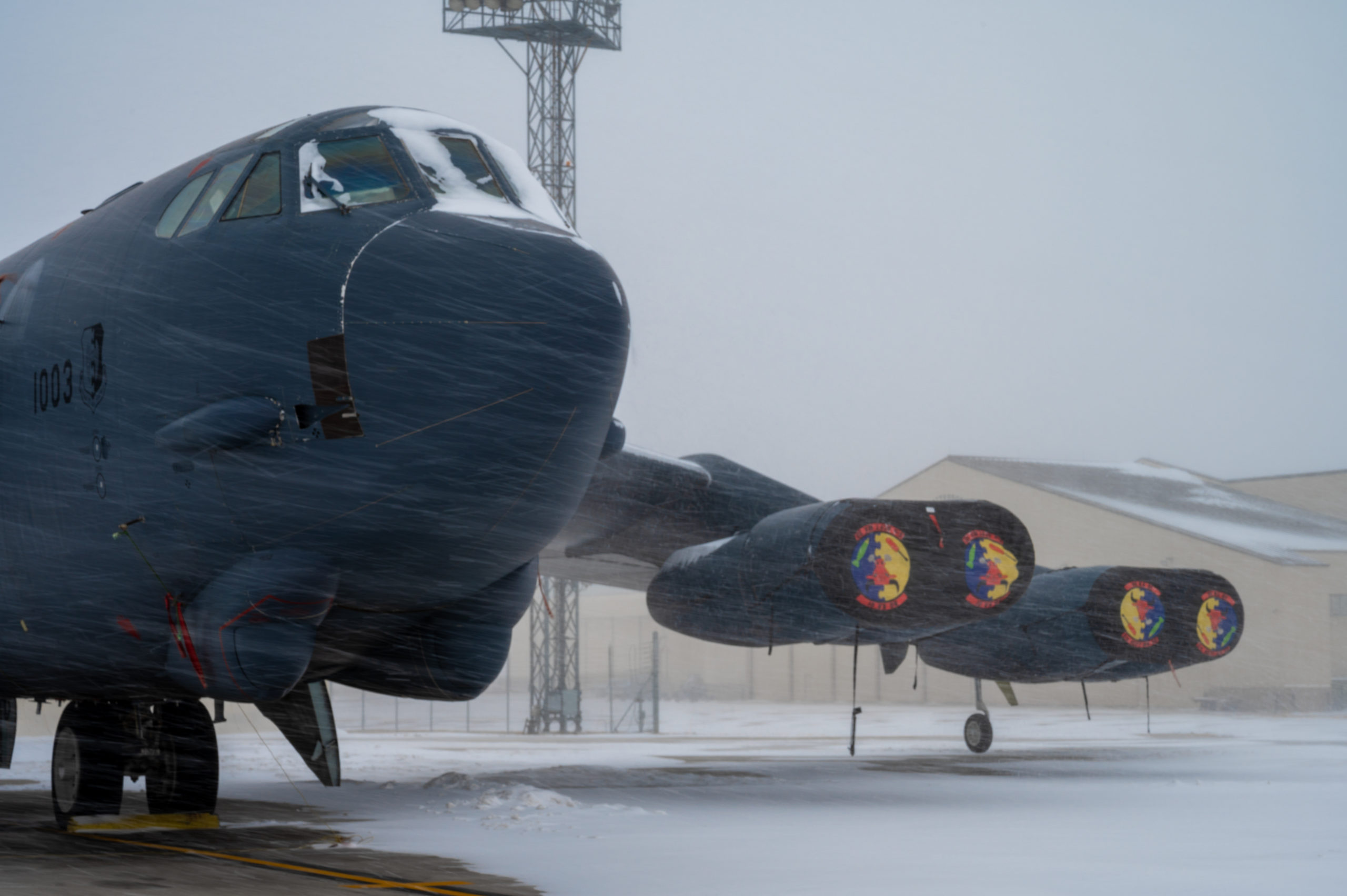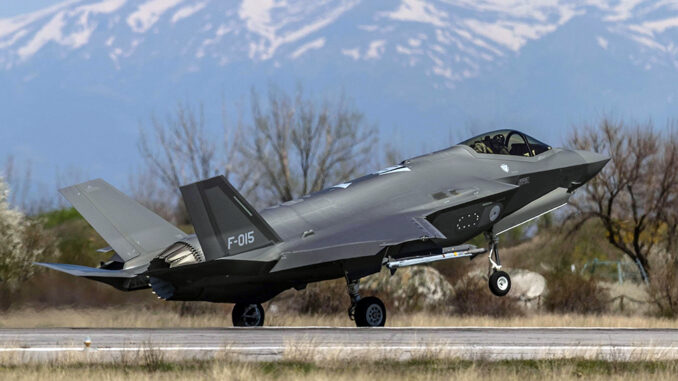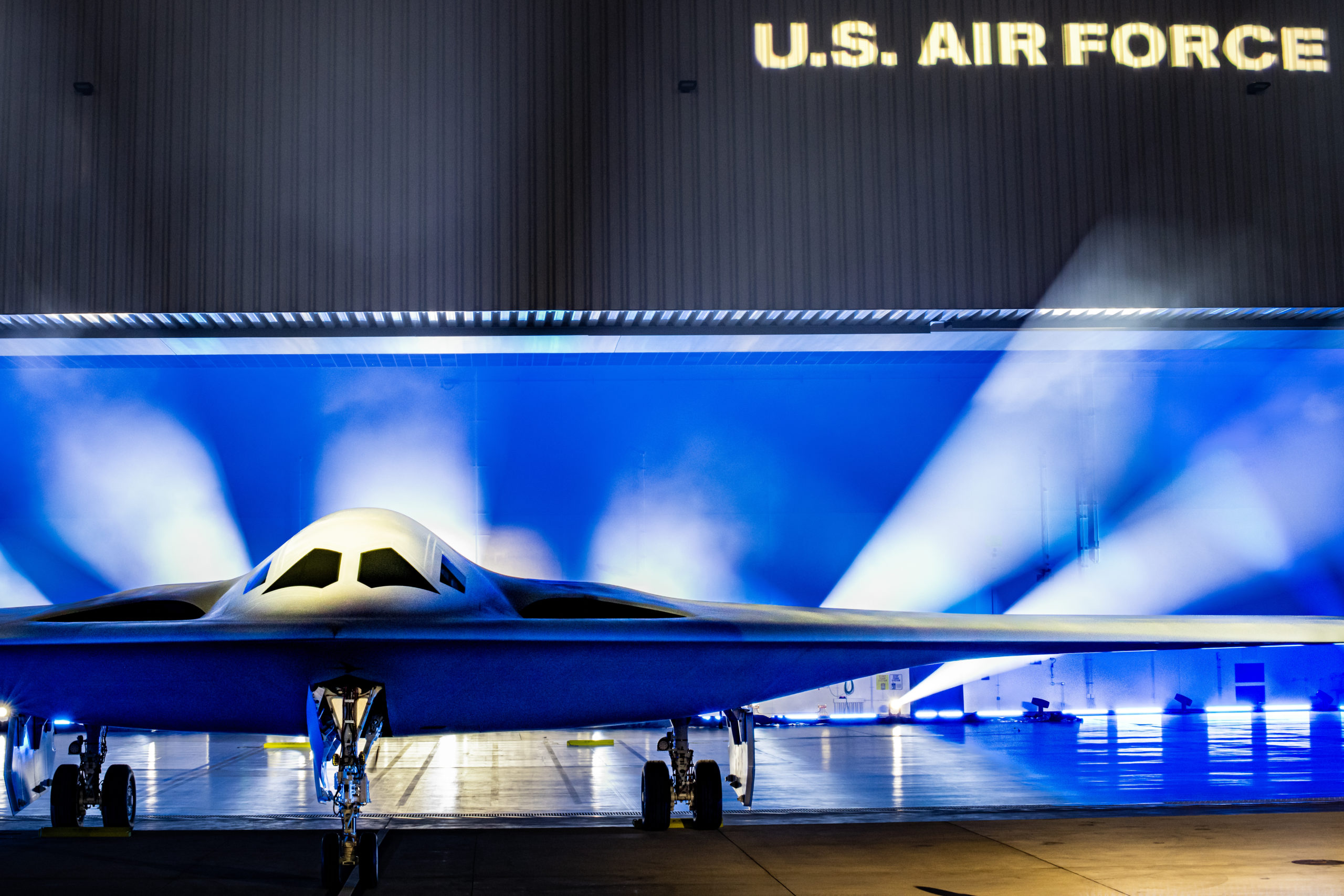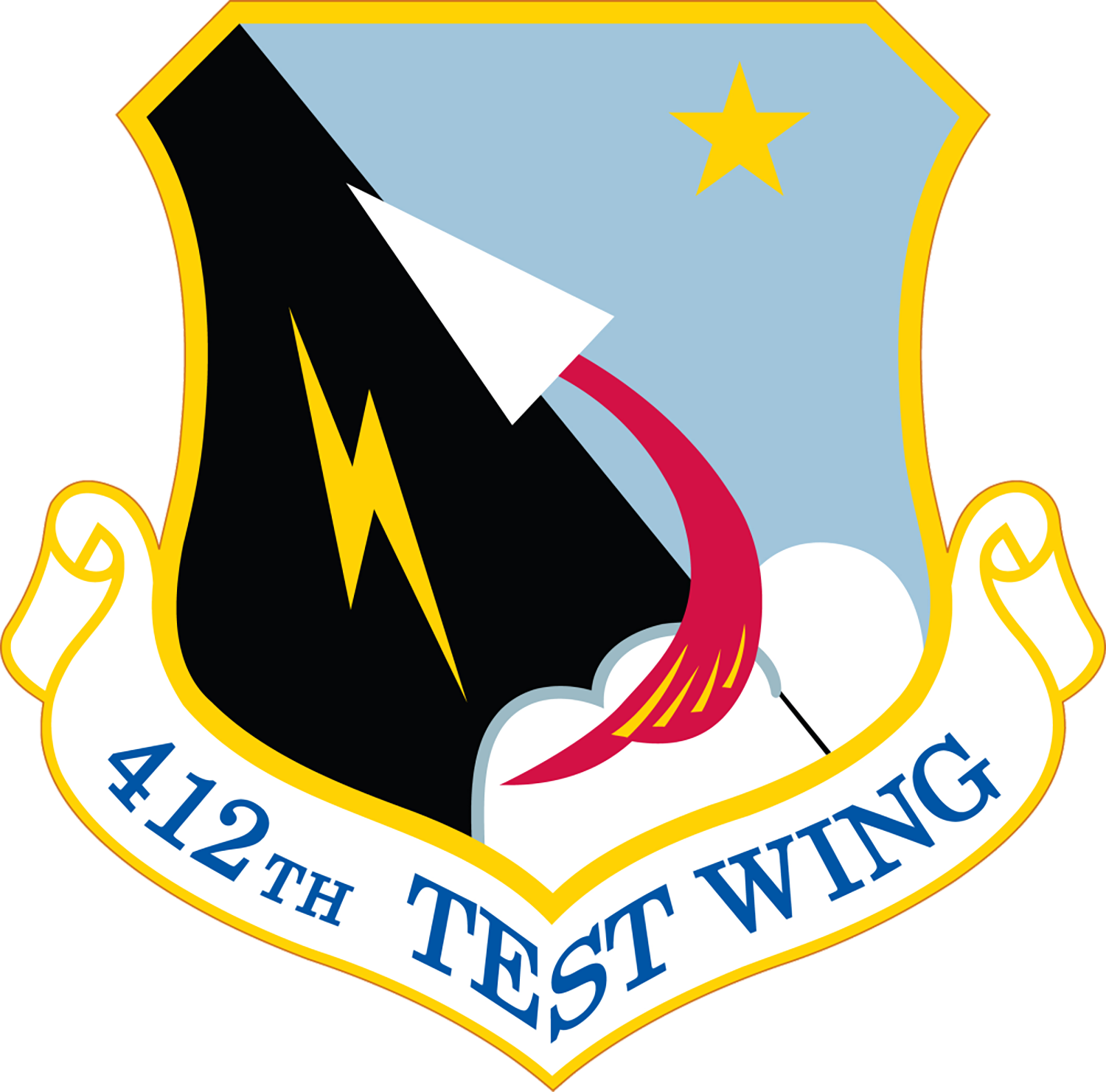The Air Force has ordered a safety stand-down for its entire fleet of B-2 Spirit stealth bombers, after an emergency landing damaged one of the billion-dollar planes Dec. 10 at Whiteman Air Force Base, Mo., and closed the base’s only runway.
The Dec. 10 incident occurred after an in-flight malfunction forced the emergency landing. Photos from local media outlets and satellite imagery showed the aircraft with one wing on the ground, partially off the runway—the Air Force has only confirmed the aircraft was damaged after it landed and there was a fire.
Whiteman is home to the Air Force’s entire fleet of strategic stealth bombers, which are operated by the 509th Bomb Wing.
“The safety pause is for all B-2s in the fleet,” 509th Bomb Wing spokesperson MSgt. Beth Del Vecchio told Air & Space Forces Magazine in an email on Dec. 19.
News of the stand-down was first hinted at in a release issued Dec. 16 by the 509th Bomb Wing, which said a B-2 would not perform a flyover of the 2023 Rose Parade or Rose Bowl college football game in Pasadena, Calif, as is tradition, with a B-1B Lancer taking its place.
“Our number one concern is the safety and security of our personnel and fleet,” Col. Daniel Diehl, commander of the 509th Bomb Wing, said in the statement. “Although we are not participating in this flyover, we remain steadfast in our commitment to answer our nation’s call.”
Pressed for further details Dec. 19, the 509th Bomb Wing detailed that all 20 B-2s in its fleet would not fly while the service conducts safety inspections.
“Whiteman AFB will have a safety pause of B-2 flights in order to inspect the fleet following the incident Dec. 10, 2022,” Del Vecchio said.
The Aviationist first reported news of the stand-down, citing a notice to Airmen (NOTAM) that Whiteman’s runway closure had extended into 2023. Del Vecchio said the safety stand-down will go on indefinitely.
“At this time, there is no speculated end date for the safety pause,” Del Vecchio said. “Every incident is unique and we are currently evaluating what went wrong and how we can mitigate future risk. We will resume normal operations once a safety investigation has been concluded.”
The Air Force’s fleet of B-2s is just 20 aircraft after limited production and a crash that destroyed one aircraft in 2008. Another B-2 crashed at Whiteman Air Force Base in September 2021, which also closed the runway. An Air Force investigation found problems with the hydraulic system and worn springs in the landing gear that caused the gear to collapse on touchdown. The plane skidded down the runway before resting in the grass, picking up at least $10 million in damage.
The aircraft involved in the 2021 incident has been undergoing extensive repair work, though the Air Force has not commented on the airworthiness.
The 509th Bomb Wing did not answer questions about whether the B-2 involved in the latest incident was salvageable or divulge any details on the extent of the damage. The spokeswoman said “recovery teams are working around the clock to minimize further disruptions” to Whiteman’s operations. Air Force Global Strike Command did not immediately respond to a request for comment on the stand-down.
“The incident is under investigation and further details will be released upon completion of the official investigation,” Del Vecchio said.
